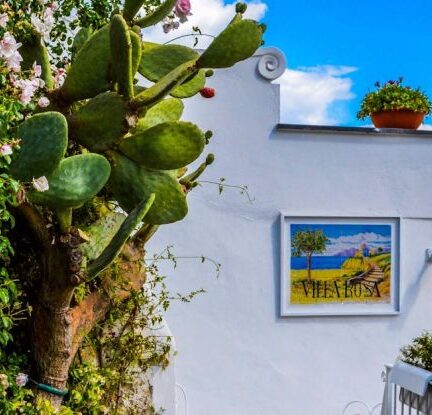Creating a garden that is beautiful and low-maintenance can seem like a daunting task for many people. However, with proper planning and design, it is entirely possible to have a stunning outdoor space that requires minimal upkeep. By selecting the right plants, implementing efficient design techniques, and incorporating sustainable practices, you can enjoy a thriving garden without the need for constant maintenance. Here are some tips on how to design a low-maintenance garden that will not only save you time and effort but also enhance the beauty of your outdoor space.
Selecting the Right Plants
Choosing the right plants is crucial when designing a low-maintenance garden. Opt for native plants that are well-suited to your local climate and soil conditions. Native plants are adapted to the environment, making them more resilient and less prone to diseases and pests. They also require less water and fertilizer, reducing the need for frequent maintenance.
Additionally, consider selecting plants that are drought-tolerant and require minimal pruning. Succulents, ornamental grasses, and perennial flowers are excellent choices for low-maintenance gardens, as they are hardy, long-lasting, and require little attention. Avoid high-maintenance plants that are prone to diseases, pests, or require frequent watering and pruning.
Efficient Design Techniques
Incorporating efficient design techniques is key to creating a low-maintenance garden. Consider using mulch to suppress weeds, retain moisture, and regulate soil temperature. Organic mulches such as wood chips, bark, or straw not only help to reduce the growth of weeds but also enrich the soil as they decompose.
Furthermore, grouping plants with similar water and sunlight requirements together can help streamline maintenance tasks. This practice, known as companion planting, not only makes it easier to care for your garden but also promotes plant health and growth. By creating planting zones based on the needs of the plants, you can ensure that each group receives the proper care without wasting time and resources.
Sustainable Practices
Implementing sustainable practices in your garden design can further reduce maintenance requirements and promote a healthy ecosystem. Consider installing a rainwater harvesting system to collect and store rainwater for irrigation. This not only conserves water but also reduces your reliance on municipal water sources.
Additionally, incorporating native plants and creating habitat for beneficial insects and wildlife can help maintain a balanced ecosystem in your garden. Encouraging biodiversity and natural pest control can reduce the need for chemical pesticides and fertilizers, leading to a more sustainable and low-maintenance garden.
Renaming and Different Subtitle
Embracing the beauty of a low-maintenance garden not only saves time and effort but also allows you to connect with nature in a more sustainable and harmonious way. By selecting the right plants, implementing efficient design techniques, and incorporating sustainable practices, you can create a thriving outdoor space that requires minimal maintenance. With careful planning and thoughtful design, you can enjoy a beautiful garden that enhances the beauty of your home while respecting the environment.
